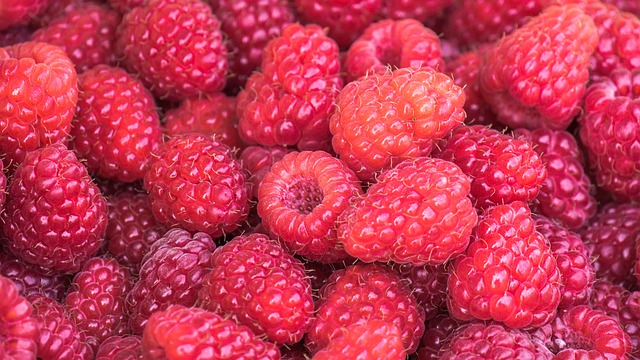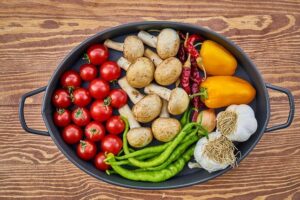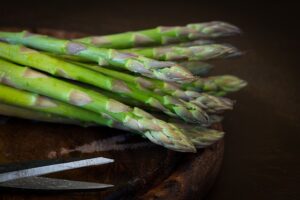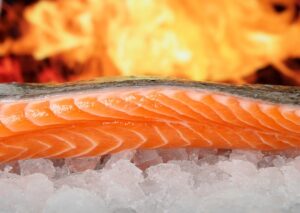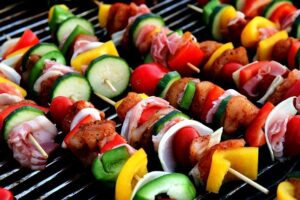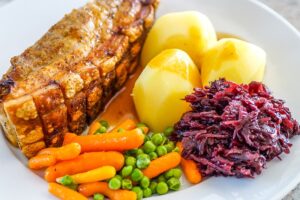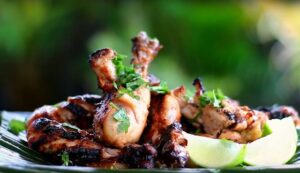Introduction
Getting enough protein in your diet is essential for maintaining optimal health and supporting various bodily functions. If you’re aiming to consume 120 grams of protein per day, it’s important to have a well-planned diet that includes protein-rich foods. In this article, we will explore different strategies and food sources to help you reach your protein goal.
Calculating Your Protein Needs
Before diving into the specifics, it’s important to determine how much protein you actually need. The recommended daily intake for protein varies depending on factors such as age, sex, weight, and activity level. As a general guideline, the Recommended Dietary Allowance (RDA) suggests a daily protein intake of 0.8 grams per kilogram of body weight. However, if you are physically active or trying to build muscle, you may require a higher protein intake.
To calculate your protein needs, multiply your weight in kilograms by the recommended protein intake per kilogram. For example, if you weigh 70 kilograms and want to consume 1.5 grams of protein per kilogram, you would need 105 grams of protein per day.
Include Protein-Rich Foods
To reach your daily protein goal, it’s important to incorporate a variety of protein-rich foods into your diet. Here are some excellent sources of protein:
1. Lean meats and poultry: Chicken breast, turkey, lean beef, and pork tenderloin are all great sources of protein. Aim for lean cuts to minimize saturated fat intake.
2. Fish and seafood: Fish like salmon, tuna, and trout are not only high in protein but also rich in omega-3 fatty acids. Shellfish such as shrimp and mussels are also good options.
3. Eggs: Eggs are a versatile and affordable source of protein. They are also packed with essential nutrients.
4. Dairy products: Milk, yogurt, and cheese are excellent sources of protein. Opt for low-fat or Greek yogurt for a higher protein content.
5. Legumes: Beans, lentils, and chickpeas are plant-based protein sources that are also high in fiber. They are a great option for vegetarians and vegans.
6. Nuts and seeds: Almonds, peanuts, chia seeds, and hemp seeds are examples of protein-rich nuts and seeds. They can be enjoyed as snacks or added to meals.
Meal Planning for Protein
To ensure you’re getting enough protein throughout the day, it can be helpful to plan your meals in advance. Here’s an example of how you could distribute your protein intake across meals:
Breakfast: Start your day with a protein-packed breakfast such as scrambled eggs with vegetables or Greek yogurt with berries and nuts.
Lunch: Include a lean protein source in your lunch, such as grilled chicken breast or a tuna salad.
Snacks: Incorporate protein-rich snacks like Greek yogurt, cottage cheese, or protein bars between meals.
Dinner: Make sure your dinner includes a protein source like fish, lean meat, or legumes. Pair it with vegetables and whole grains for a balanced meal.
Conclusion
Achieving a daily protein intake of 120 grams requires careful planning and incorporating a variety of protein-rich foods into your diet. By calculating your protein needs, including lean meats, fish, dairy products, legumes, and nuts, and planning your meals accordingly, you can reach your protein goal and support your overall health and well-being.
References
– Mayo Clinic: www.mayoclinic.org
– Healthline: www.healthline.com
– National Institutes of Health: www.nih.gov

